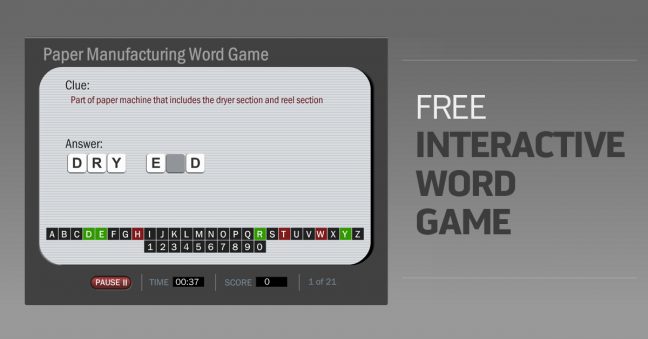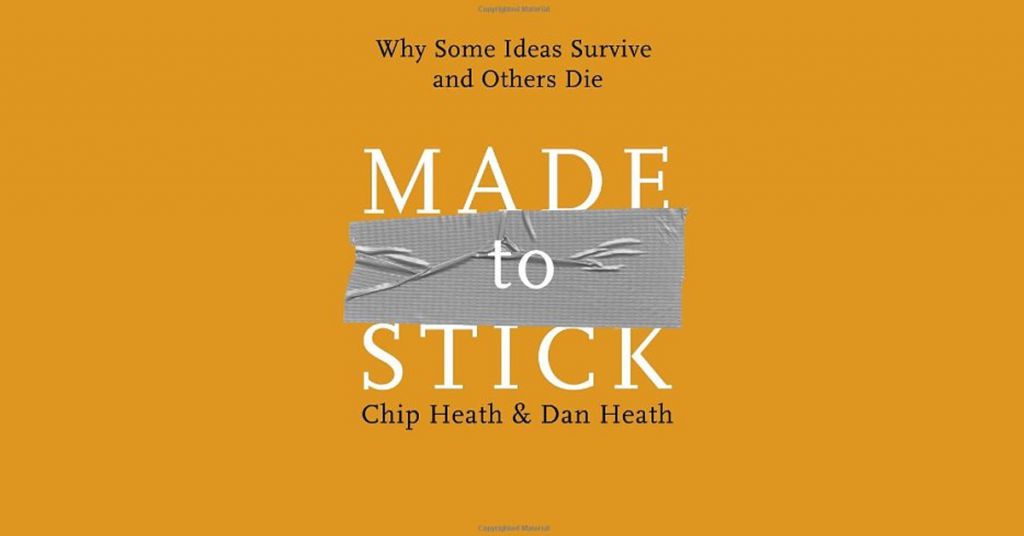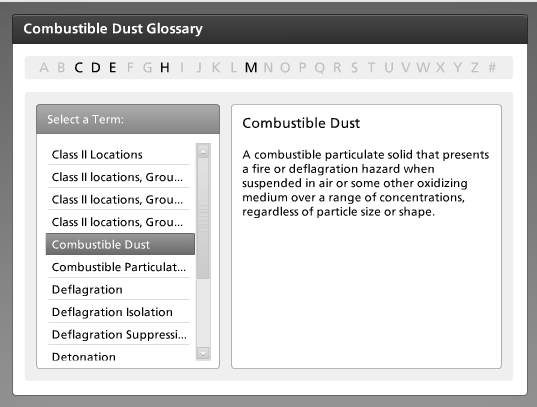
OSHA doesn’t have a full standard about combustible dusts. Maybe you knew that.
Instead, and as you may also know, there are a number of OSHA standards that address combustible dust hazards, controls, and safety.
One of those standards that includes information about combustible dusts is the Hazard Communication standard. And as you probably recall, OSHA updated the HazCom standard back in 2012 as part of the big GHS alignment.
But did you know that while OSHA has no specific standard about combustible dusts, they have had a “Combustible Dust National Emphasis Program” since 2008? And did you know that when the HazCom standard was updated in 2012, there was also a need to update the combustible dusts national emphasis program accordingly? And did you know that OSHA made that change on October 1, 2015? (You can see the revised Combustible Dust National Emphasis Program here). It’s all true.
We’re not going to review the entire Combustible Dust National Emphasis Program in this blog post. However, we had earlier created an interactive glossary of terms defined in the National Emphasis Program, and so we decided to recreate that glossary using the terms that OSHA defines in their new, revised Combustible Dust National Emphasis Program (2015).
And that’s what we’ve got for you here. You can view and read the glossary any time you want from right here on our blog, or you can download you own free copy and import it into your SCORM-compliant learning management system (LMS). If you want to go with that second option and download a free copy, plus read the additional explanation below to learn how that works and what you will get.
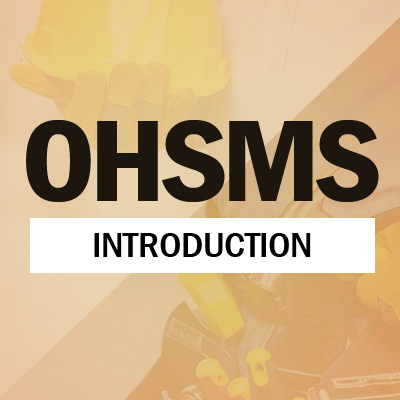
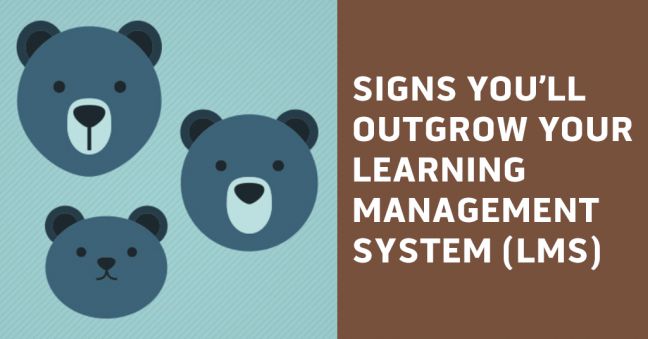
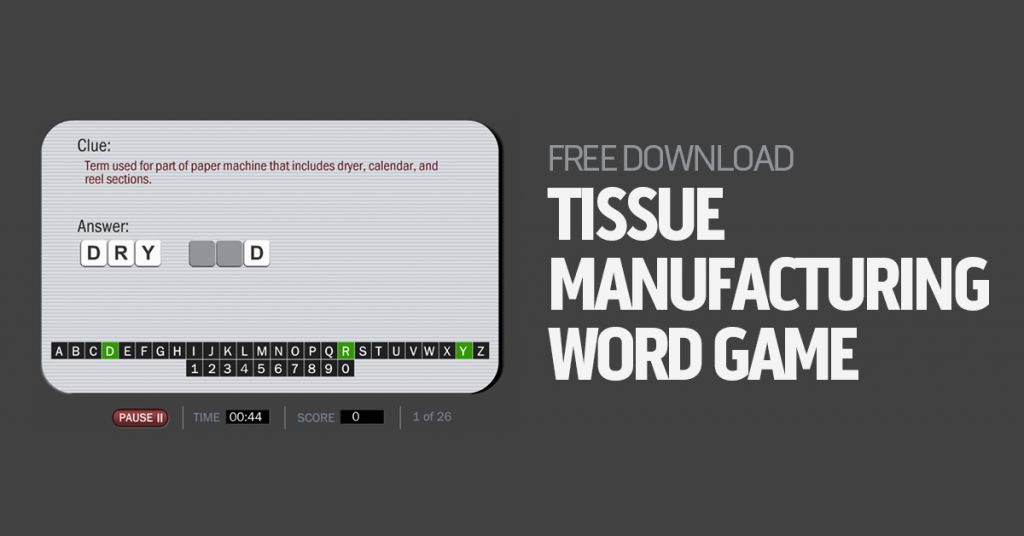
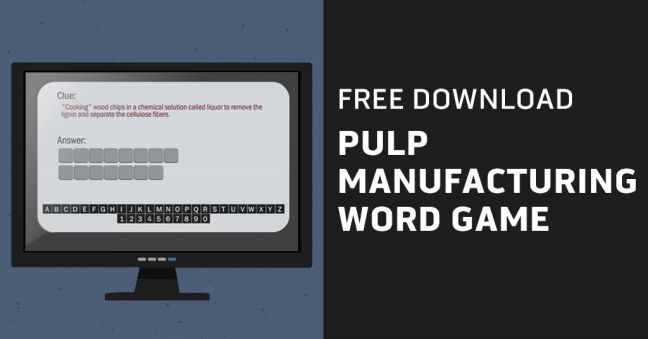
 Not so long ago, we wrote an extended blog post that explained the benefits of “chunking” your training materials and gave tips about how to do it.
Not so long ago, we wrote an extended blog post that explained the benefits of “chunking” your training materials and gave tips about how to do it.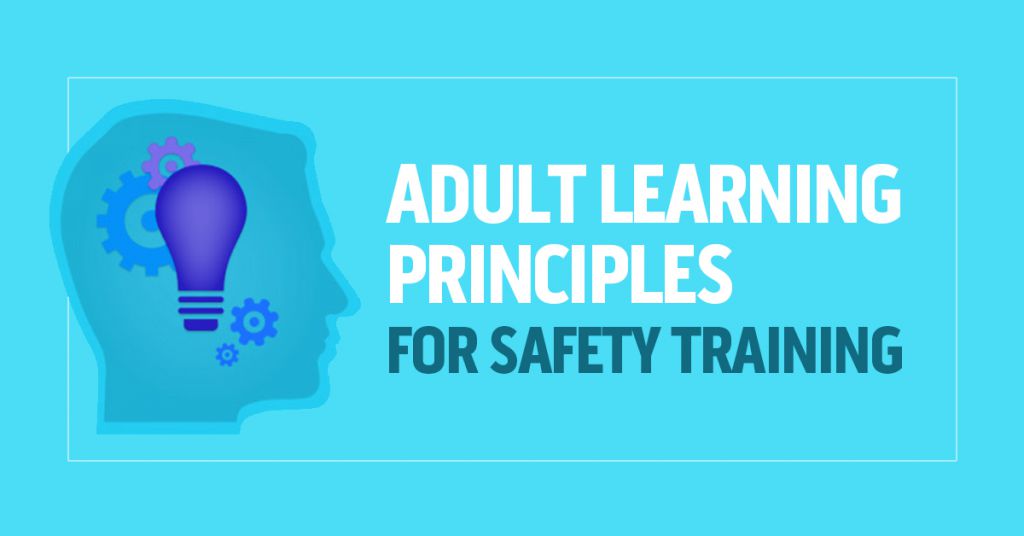
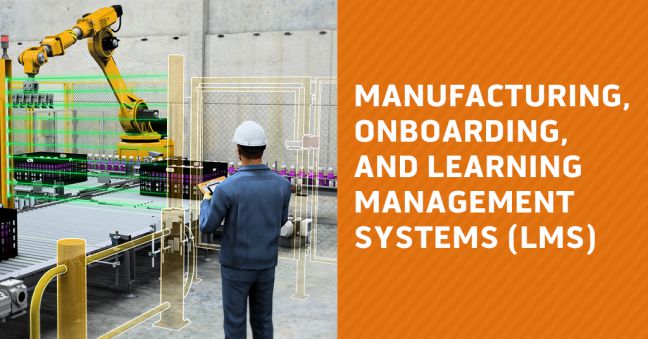
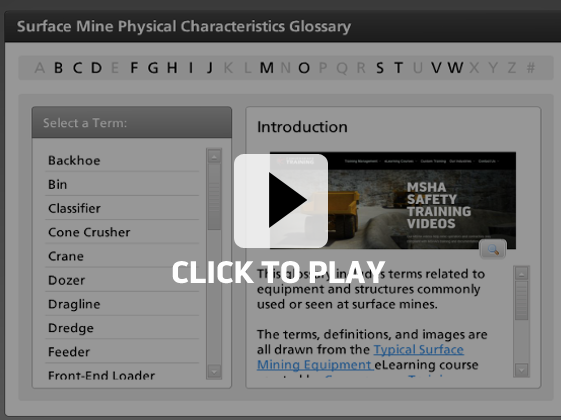 We’ve been revamping our
We’ve been revamping our 